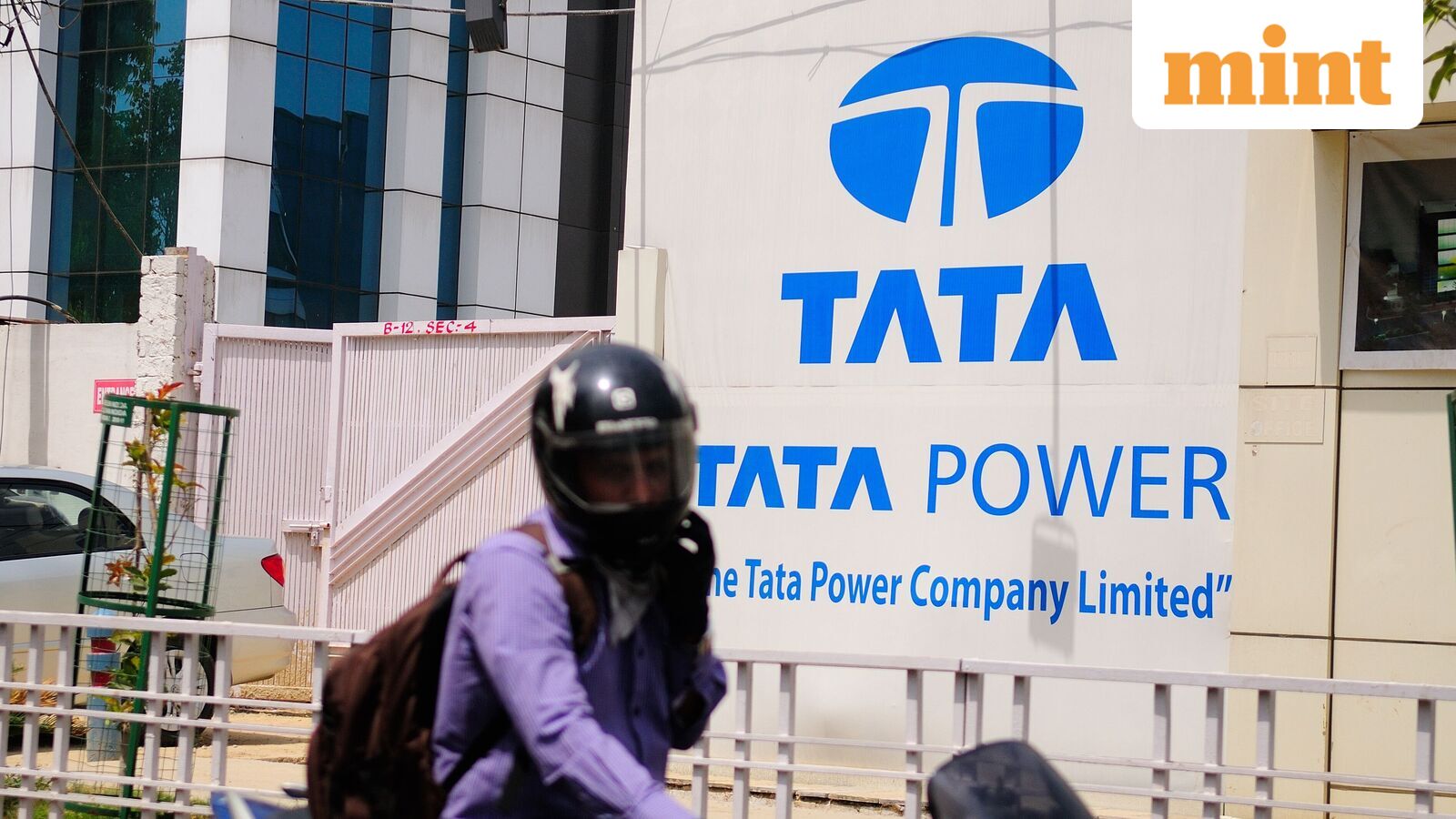Tata Power is moving further into solar manufacturing with plans to set up a 10GW wafer and ingot plant. The development builds on the company’s existing 4.9GW capacity for modules and cells, strengthening its role across more stages of the solar supply chain.
A step toward greater vertical integration
Adding wafer and ingot production means the company will cover more of the manufacturing chain — from basic silicon processing to finished modules. Together, the new facility and existing plants would bring combined manufacturing capacity to roughly 14.9GW, reinforcing its ability to supply larger projects and meet rising domestic demand.
What this could change
- Supply resilience: Local wafer and ingot output reduces reliance on imports for key upstream components.
- Cost impact: Greater vertical integration can help lower production costs over time through streamlined logistics and scale.
- Industrial growth: Expansion supports manufacturing jobs and strengthens the domestic solar ecosystem.
Alignment with government policy
The move aligns with official efforts to boost local solar manufacturing. By expanding upstream capacity, the plant supports policy goals to increase self-reliance, attract investment into green manufacturing, and accelerate the country’s clean energy transition.
Market outlook and next steps
Industry observers will watch how quickly the plant comes online and how it affects module prices, supply chains, and project timelines. If brought to scale, the new capacity could make suppliers more competitive and help meet growing demand for solar installations across commercial and utility segments.
Overall, the wafer and ingot plant is a strategic push toward deeper manufacturing capability in the solar value chain, with potential benefits for energy security, jobs, and the pace of renewable deployment.
